#Drone #Technology #Innovation #Research #Honeybees #Pollination #Physics


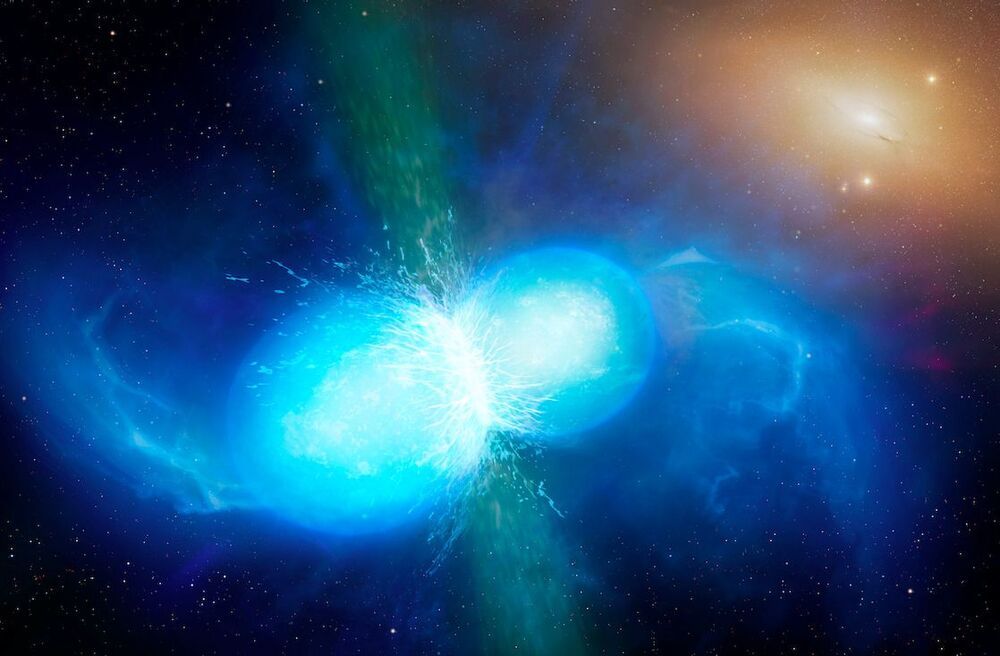


Signals can be amplified by an optimum amount of noise, but this so-called stochastic resonance is a rather fragile phenomenon. Researchers at AMOLF were the first to investigate the role of memory for this phenomenon in an oil-filled optical microcavity. The effects of slow non-linearity (i.e. memory) on stochastic resonance were never considered before, but these experiments suggest that stochastic resonance becomes robust to variations in the signal frequency when systems have memory. This has implications in many fields of physics and energy technology. In particular, the scientists numerically show that introducing slow non-linearity in a mechanical oscillator harvesting energy from noise can increase its efficiency by tenfold. They published their findings in Physical Review Letters on May 27th.
It is not easy to concentrate on a difficult task when two people are having a loud discussion right next to you. However, complete silence is often not the best alternative. Whether it is some soft music, remote traffic noise or the hum of people chatting in the distance, for many people, an optimum amount of noise enables them to concentrate better. “This is the human equivalent of stochastic resonance,” says AMOLF group leader Said Rodriguez. “In our scientific labs stochastic resonance happens in non-linear systems that are bistable. This means that, for a given input, the output can switch between two possible values. When the input is a periodic signal, the response of a non-linear system can be amplified by an optimum amount of noise using the stochastic resonance condition.”
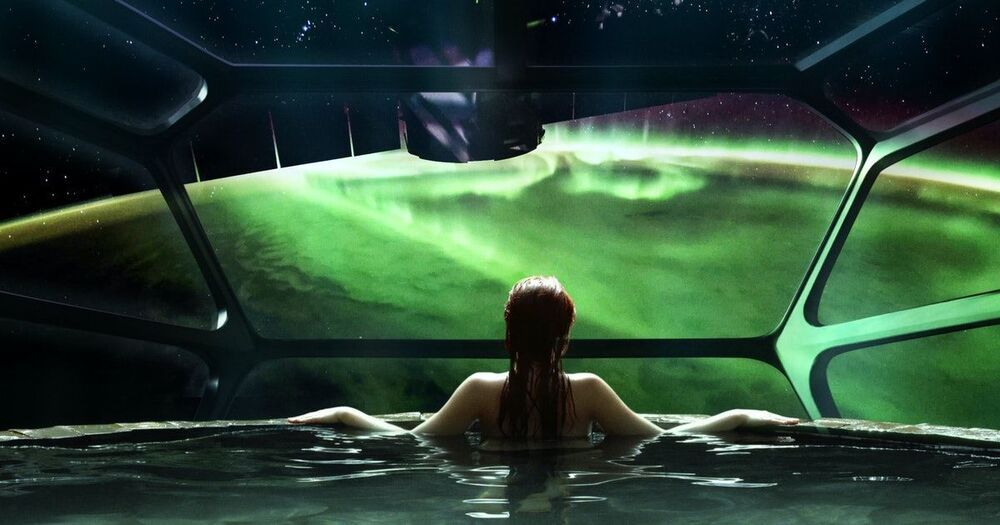

About five years ago, Areg Danagoulian, associate professor in the MIT Department of Nuclear Science and Engineering (NSE), became intrigued by a technique developed by researchers at Los Alamos National Laboratory that uses a neutron beam to identify unknown materials.
“They could look into a black box containing uranium and say what kind and how much,” says Danagoulian, who directs MIT’s Laboratory of Applied Nuclear Physics (LANPh). “I was thinking about the problem of verifying nuclear material in warheads, and it just dawned on me, this amazing technology could be applied to what we’re working on.”
But there was a problem: This method, called neutron resonance transmission analysis (NRTA), requires an enormous, expensive apparatus, limiting its utility for the kind of on-site nuclear material applications Danagoulian and his research colleagues focus on. To leapfrog this obstacle, they determined to make NRTA technology portable.
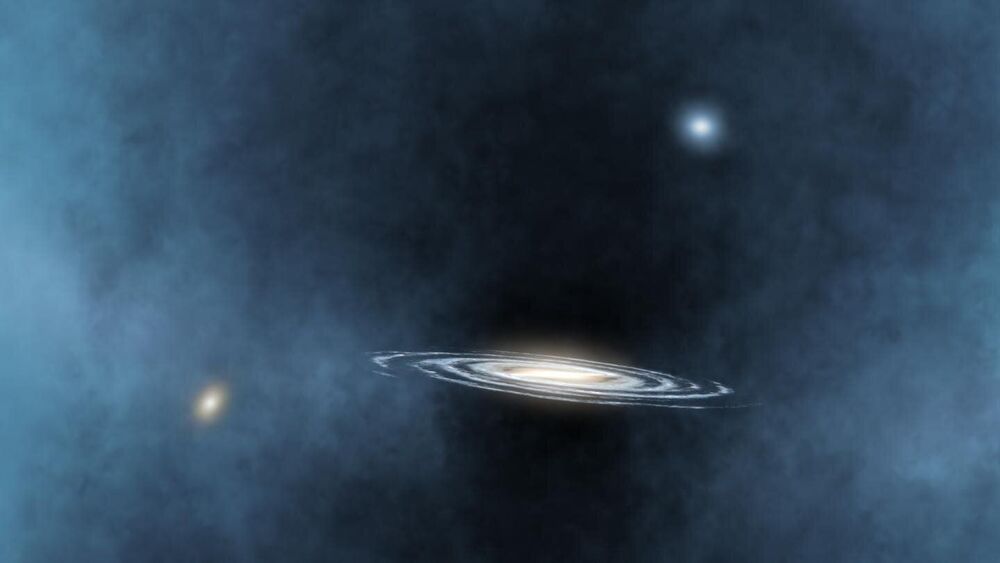
At the heart of almost every sufficiently massive galaxy there is a black hole whose gravitational field, although very intense, affects only a small region around the center of the galaxy. Even though these objects are thousands of millions of times smaller than their host galaxies, our current view is that the Universe can be understood only if the evolution of galaxies is regulated by the activity of these black holes, because without them the observed properties of the galaxies cannot be explained.
Theoretical predictions suggest that as these black holes grow they generate sufficient energy to heat up and drive out the gas within galaxies to great distances. Observing and describing the mechanism by which this energy interacts with galaxies and modifies their evolution is therefore a basic question in present day Astrophysics.
With this aim in mind, a study led by Ignacio Martín Navarro, a researcher at the Instituto de Astrofísica de Canarias (IAC), has gone a step further and has tried to see whether the matter and energy emitted from around these black holes can alter the evolution, not only of the host galaxy, but also of the satellite galaxies around it, at even greater distances. To do this, the team has used the Sloan Digital Sky Survey, which allowed them to analyze the properties of the galaxies in thousands of groups and clusters. The conclusions of this study, started during Navarro’s stay at the Max Planck Institute for Astrophysics, are published today in Nature magazine.
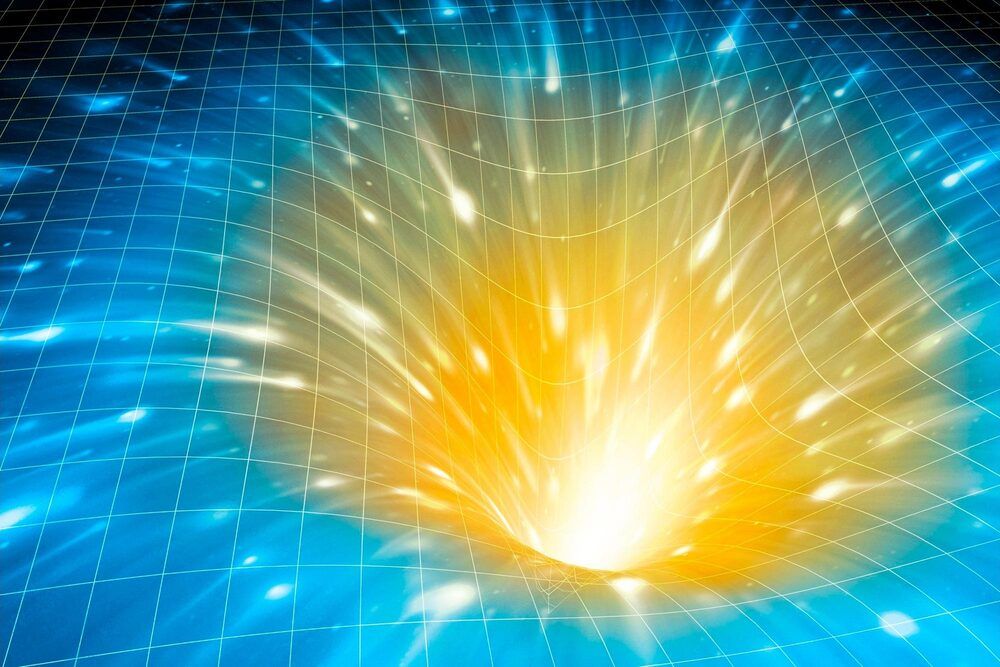
A Penn State scientist studying crystal structures has developed a new mathematical formula that may solve a decades-old problem in understanding spacetime, the fabric of the universe proposed in Einstein’s theories of relativity.
“Relativity tells us space and time can mix to form a single entity called spacetime, which is four-dimensional: three space-axes and one time-axis,” said Venkatraman Gopalan, professor of materials science and engineering and physics at Penn State. “However, something about the time-axis sticks out like sore thumb.”
For calculations to work within relativity, scientists must insert a negative sign on time values that they do not have to place on space values. Physicists have learned to work with the negative values, but it means that spacetime cannot be dealt with using traditional Euclidean geometry and instead must be viewed with the more complex hyperbolic geometry.
A ball of gas around the Milky Way’s black hole has sparked a new debate. Could it be a massive puff of dark matter?
The orbit of S2 and its stellar companions indicated that they were circling around a massive object, about 4 million times the mass of the Sun. Although astronomers could not directly see the object, they knew it could only be one thing.
By 1974, the object, eventually dubbed Sagittarius A*, was more or less solidified as your own local supermassive black hole. Since then, scientists have made several follow-up observations to reestablish the existence of this dark, lurking beast in the Milky Way — even turning one of the largest virtual telescopes in the world on it.
But not everyone seems to agree on the true nature of Sagittarius A*. A recent study claims that the black hole of our galaxy is not a black hole at all. Instead, it gives a more exotic take on physics that isn’t yet proven: that Sagittarius A* is an imposter, not a black hole but a massive, fluffy ball of fermionic dark matter.
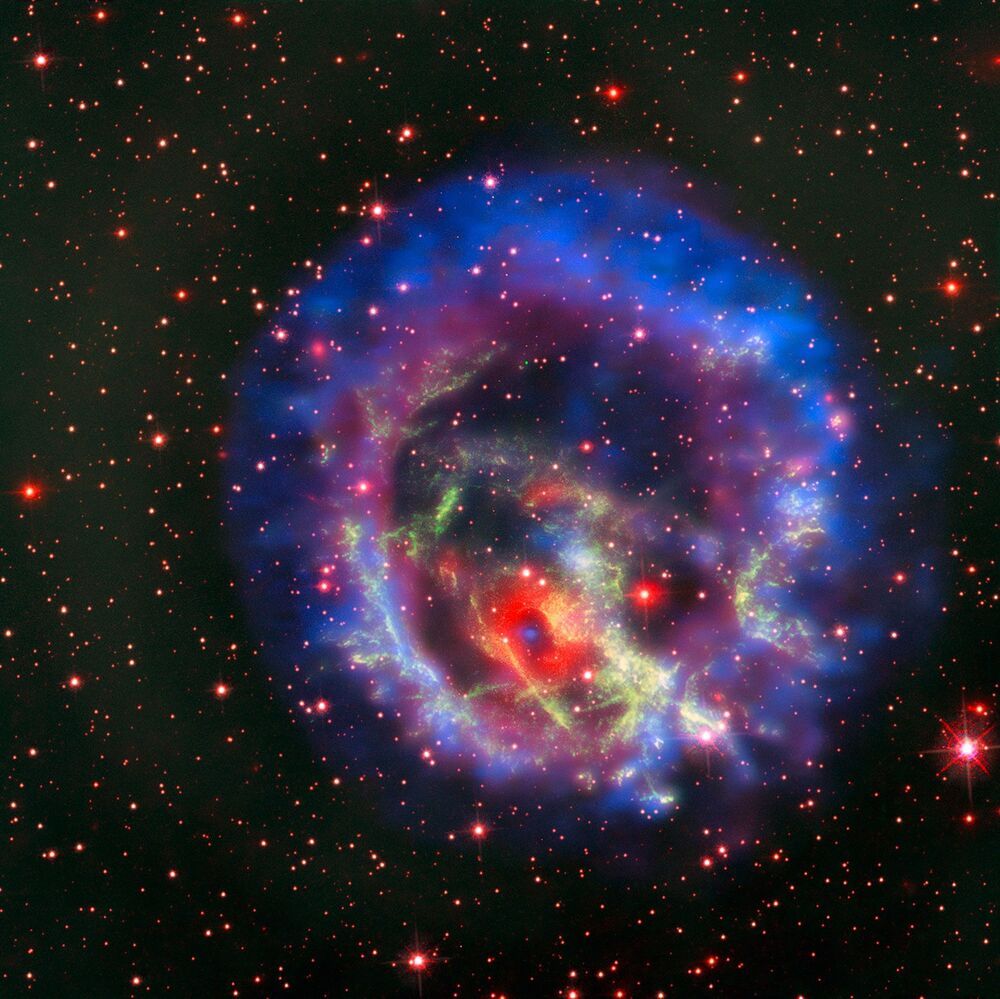
When a massive star dies, first there is a supernova explosion. Then, what’s left over becomes either a black hole or a neutron star.
That neutron star is the densest celestial body that astronomers can observe, with a mass about 1.4 times the size of the sun. However, there is still little known about these impressive objects. Now, a Florida State University researcher has published a piece[1] in Physical Review Letters arguing that new measurements related to the neutron skin of a lead nucleus may require scientists to rethink theories regarding the overall size of neutron stars.